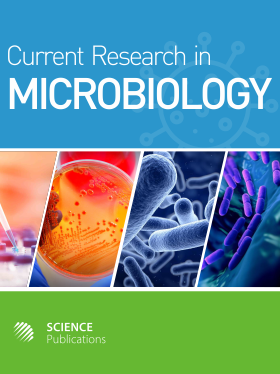Antidiarrheal Activity of Apus Bamboo (Gigantochloa apus) Leaf Extract and its Bioactive Compounds
- 1 Atma Jaya Catholic University, Indonesia
- 2 Universitas Jenderal Soedirman, Indonesia
Abstract
Most of every part of bamboo plants had economical value. The wood is used as building and furniture, the shoot is processed as health foods and medicines, the root and culms are used as traditional medicine. The leaf has been believed that it could heal diarrhea in piglets, rabbit, poultry and calves. This research was designed to investigate the inhibition activity of apus bamboo leaf extracts against four strains pathogenic Escherichia coli. The leaf of apus bamboo (G. apus) was extracted in methanol, ethanol and methanol-ethanol (1:1), subsequently dried and assayed for their antibacterial activity using diffusion and dilution. Among three solvents used in this study, ethanol was the best with a yield of 18.74% and its effectivity was about 0.44% compared to tetracycline. The bioactive compounds in the extract were fatty acids, esters and alcohols.
DOI: https://doi.org/10.3844/ajmsp.2013.1.8

- 7,909 Views
- 5,652 Downloads
- 5 Citations
Download
Keywords
- Antidiarrheal Activity
- Escherichia Coli O157:H7
- Microdilution
- Fatty Acid
